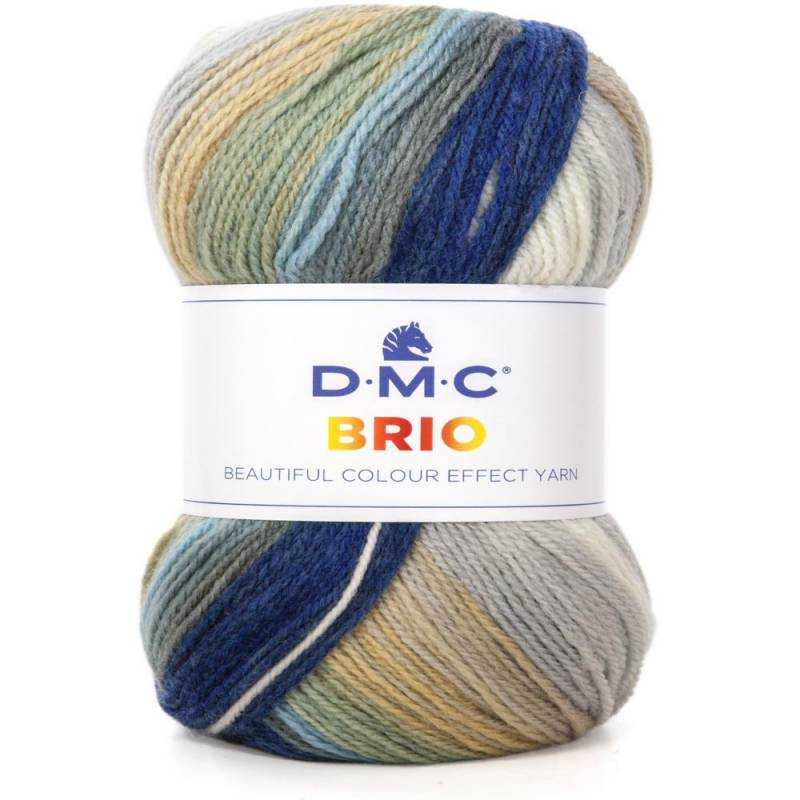

NEW LANAS PUNTEXSA APP, DOWNLOAD OUR APP FROM GOOGLE PLAY AND FROM APP STORE







 Política de seguridad
Política de seguridad
(editar con el módulo de Información de seguridad y confianza para el cliente)
 Política de entrega
Política de entrega
(editar con el módulo de Información de seguridad y confianza para el cliente)
 Política de devolución
Política de devolución
(editar con el módulo de Información de seguridad y confianza para el cliente)
Data sheet
Specific References